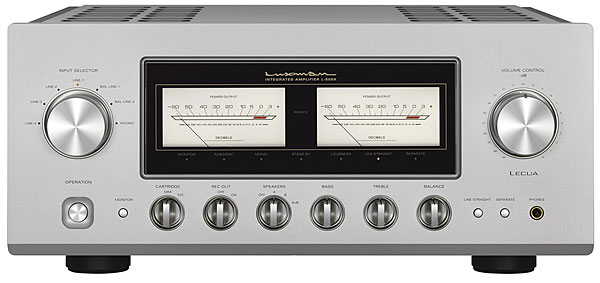Both, looking at the separate numbers during design and prototype, then the cathode current once the amp is complete and there's tube changes. TBH, I've rarely seen an EL84 fail because of plate current alone- one of the compelling reasons to run them in pentode is that I can keep the screen voltage (and hence dissipation) relatively low, allowing me to jack up the plate voltage. And I've seen a lot of them run away and have plate failures, but caused by excessive screen voltage and dissipation with triode and UL topologies.
For hi-fi amps I don't see as many failures and typically not violent failures just old dead tubes and the random blown screen from UL amps. I agree high bias current just lowers the life, at least that's what I have found. I see as many guitar amps as I do hifi amps, maybe even more and the guitar amps is where I see the vast majority of hard failures. They aren't just running high current, they are running high voltage and running over dissipation, it's the way past rated maximum voltages that due them in.
Vox AC30 runs the plates ~360v and the screens ~330v, like the SCA-35 all 4 power tubes share a common cathode RC network except the AC30 is
HALF the resistance value compared to the SCA-35, 95 ohms for the latter and 47 ohms for the former. Those amps get very hot and run the EL84's very hard, add in a guitar player pushing it into clipping all night long you see fireworks if the tubes aren't selected carefully. Marshall for a while sent over their amps to USA with 6550's back in the 80's because the EL34's weren't as good as they once were and typically didn't make it past the warranty period. The older Fenders ran the 6V6 at least 14 watts plate dissipation (350v) and the old tubes handled it but current production tubes need to be carefully selected for reliability. Heck the Deluxe Reverb runs the 6V6 at 420v and the screen is only a few volts less, those screens go up in flames often. Many of the most popular Fender amps are fixed bias and come running 50-60% plate dissipation but the plate/screen voltages are usually run past maximum rated voltage for plate and screens. So it's definitely not always just high current, it's too high voltage and worse, too high voltage and over max dissipation but the latter is typically cathode biased guitar amps. There is a saying by guitar players and it's the amp always sounds it's best right before it blows up and lets the magic smoke out. Typically it's a power tube and their screen resistors that get smoked, sometimes it takes transformers with them.
I 100% am with you on running pentode mode with high voltage on the plates and low voltage on the screens. I use a lot of sweep tubes for my own amps and I have to keep the screens at 120-150v. The hifi amps that seem to eat through tubes and where I see more failures are with UL amps pushing beyond the maximum voltage ratings, the plate dips low and the screen goes way past it's dissipation limit and melts. You can of course run some screen resistors to help them survive but you end up squishing the plate curves together from the reduced current when the screen sags down from the resistor. It's just best to keep voltage low for UL or just go pentode mode, I don't know why there is so much hate for pentode operation but I think it's the better option comparing the pros and cons of both UL and pentode. There are other methods to reduce distortion.


